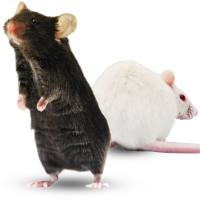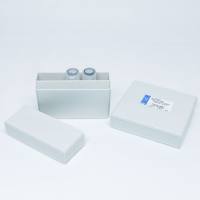No animal spontaneously suffers from Alzheimer’s disease (AD), nor can it be experimentally induced. However, there is a huge research need for models of AD. Lesion-induced vertebrate models of this disease have been, and indeed remain, extremely important in the study of AD pathogenesis and possible treatment. The cholinergic hypothesis of AD has led to the development of a number of animal models for studying the pathogeny of cortical cholinergic involution in vivo . Focal lesions in the cholinergic centers of the basal forebrain, especially of the nucleus basalis magnocellularis of rodents, as well as more general lesions of all the cholinergic neurons of the basal forebrain, have been the most used methods for obtaining these models. Surgical procedures and intraparenchymal or intracerebroventricular (i.c.v.) microinjections of toxic substances, such as quinolic, kainic, N -methyl-D -aspartic, ibotenic and quisqualic acids, the specific cholinotoxin AF64, the immunotoxin 192 IgG-saporin, and amyloid, have all been used to produce such lesions. They have also been used to produce lesion-induced cortical models of AD. Other models have been developed that involve brain implants or microinjections of amyloid as well as the administration, via different routes, of toxic agents such as aluminum, okadaic acid, or alcohol. The research carried out with these models has helped our understanding of AD, especially in the role of cerebral cholinergic innervation in cognitive disorders and their treatments. However, conflicting results are also obtained, and much controversy has developed concerning the role of the cholinergic system and the suitability of these models. It is very important to take into account a wide variety of factors (including e.g., the model protocol, the lesion-inducing agent, the type and concentration of toxin used, and even the morphohistochemical, biochemical, and cognitive methods used to evaluate the changes induced) that could condition the appreciated features of the lesion and its neuropathological and cognitive consequences. This chapter covers the theoretical and practical use of lesion-induced models and examines the main advantages and disadvantages associated with their use. The further use of classic lesion-induced models, and of new models developed in other rodent subspecies, should lead to important advances in our knowledge and treatment of AD and related disorders.






